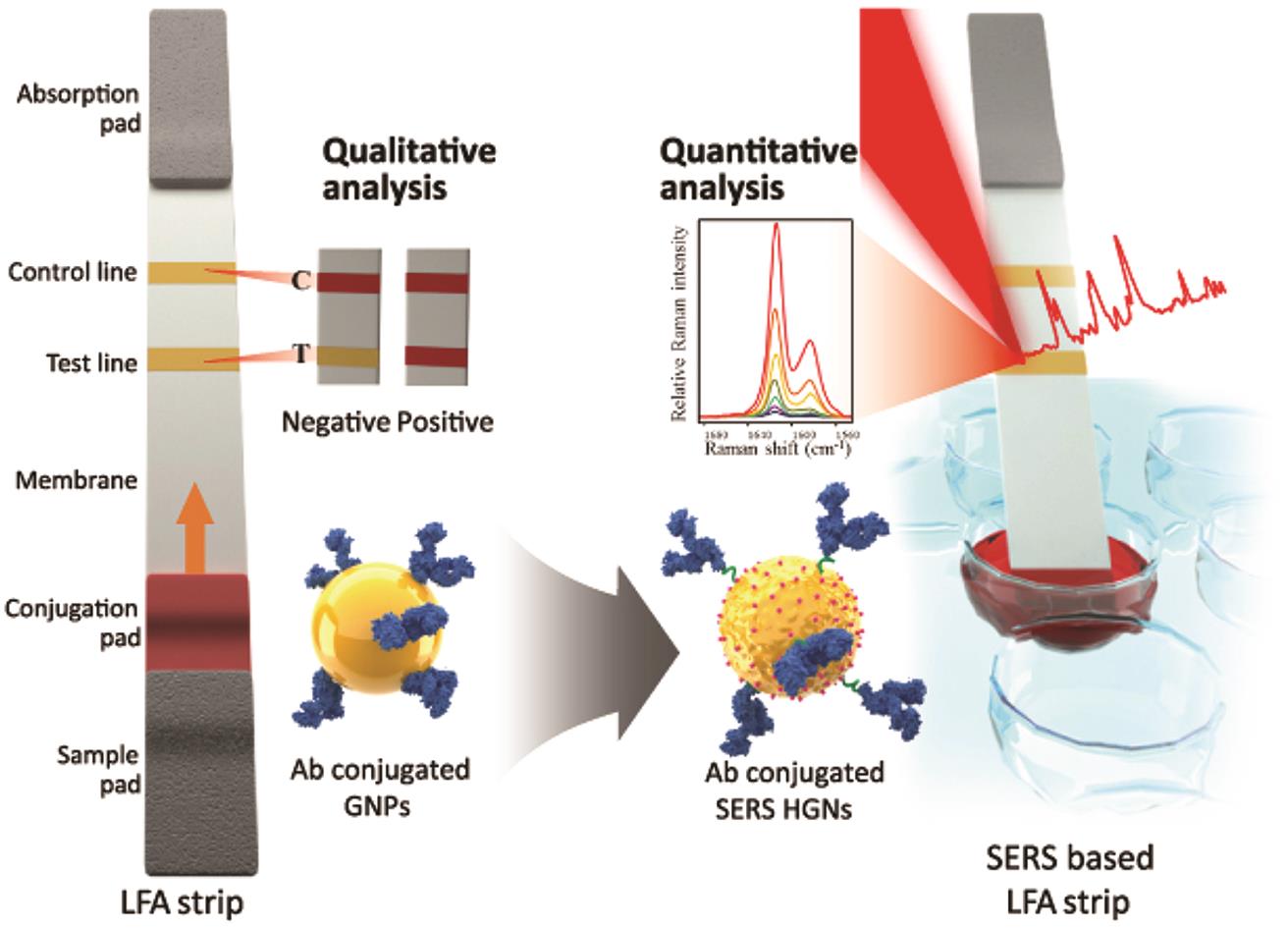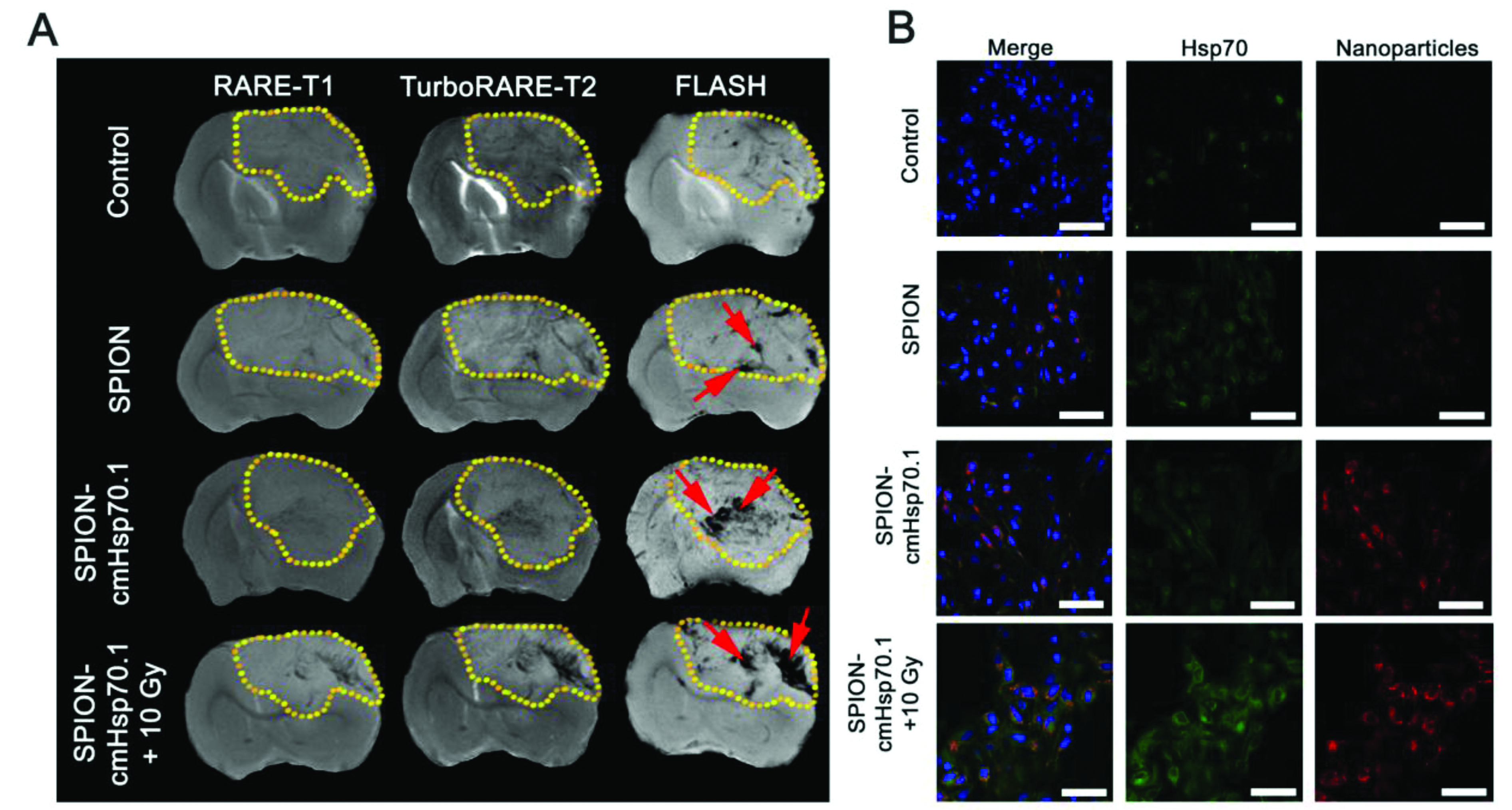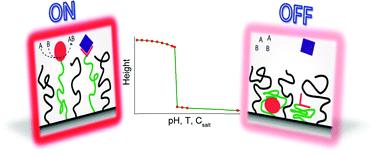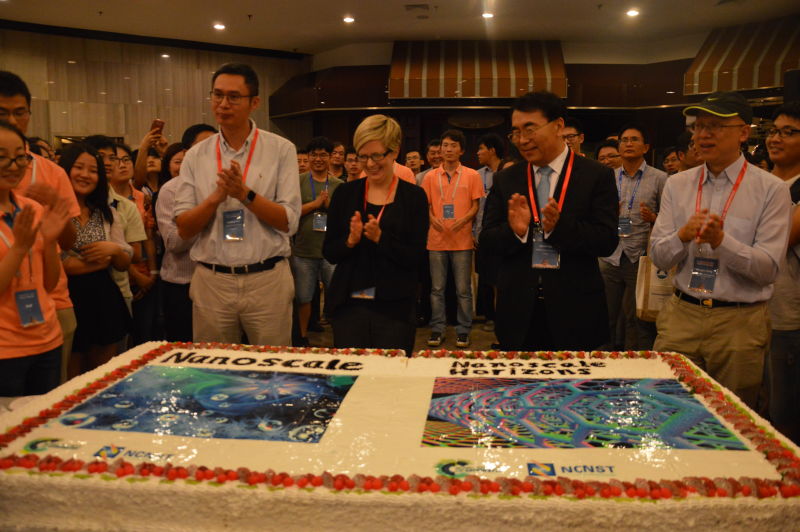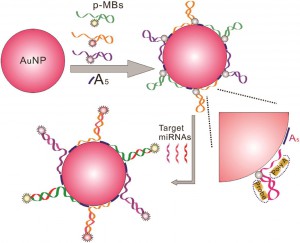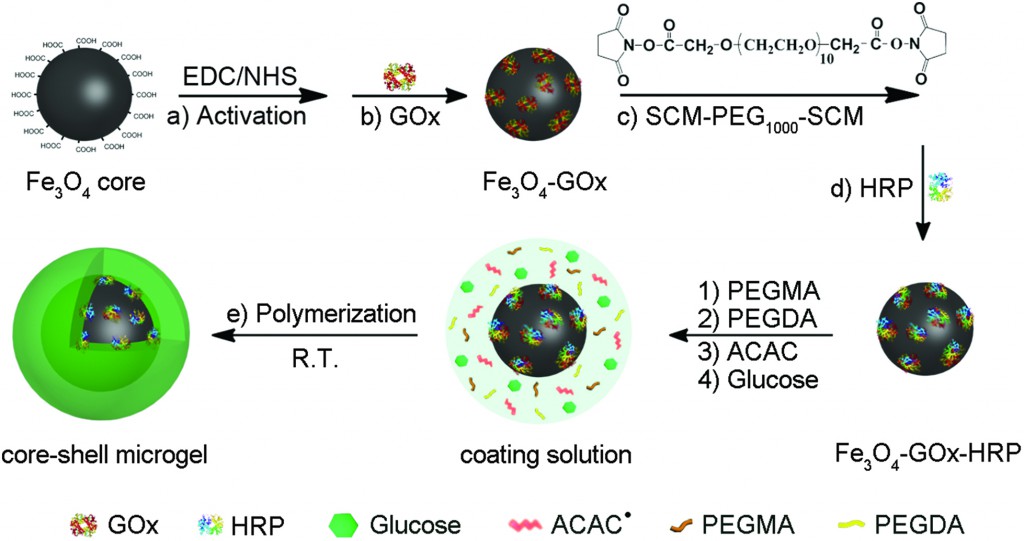
Dr. Mervi Heiskanen

Dr. Stephanie Morris
The authors of this article are both Program Managers based at the US National Cancer Institute’s (NCI) Center for Biomedical Informatics and Information Technology and Office of Cancer Nanotechnology Research, respectively, working towards improving quality of and access to published experimental data.
In recent years, there has been increasing interest in improving how nanomaterials are defined and characterized due to a lack of specific nano-related metadata standards in the Nanotechnology field. The nano-community agrees data reporting guidelines would facilitate data reproducibility and reuse.
The recent collaboration between Elsevier Journals and the NCI cancer Nanotechnology Laboratory (caNanoLab) data portal is an important step towards providing researchers with easy access to high quality nanotechnology data for reproduction and re-use. However, access to data is only useful if information about experimental details is available. Is there something we can do to improve usability of nanotechnology data?
The lack of high quality nanotechnology research data is a known challenge, further complicated by the diversity and growing number of nanomaterials. The OMICs communities (e.g., genomics and proteomics) have pioneered the development of databases such as the Gene Expression Omnibus (GEO) Database and the Worldwide Protein Data Bank (wwPDB), as well as standard guidelines for recording data. These guidelines define the minimum information that must be reported and stored, and facilitate data reproducibility and integration across different datasets to enable further analysis by the research community. Many of these reporting guidelines can be accessed at Biosharing, and are required by journals for data deposition during the manuscript submission process.
Several STM journals already require authors to adhere to minimum characterization requirements, particularly when reporting new chemical compounds, which reviewers are asked to evaluate to ensure reproducibility and reliability of the research. Nature and its sister journals have further enforced this for their life science articles by implementing an initiative which includes the submission of a checklist by authors intended to remind them to provide sufficient experimental details to enable reproducibility. However, we need to agree on a nanotechnology-specific checklist, and extend the reproducibility initiative to include other relevant journals. This needs to be a collaborative effort driven by the research community, editors and publishers, regulatory agencies, and funding organizations in order for this to become common practice and lead to improvements in data reuse.
The nanotechnology community is in the early stages of defining metadata that should be included in data submissions, and recognizes the metadata will differ by research field (e.g., biomedicine, ecological studies, and health and safety). Examples of nanomaterial databases working towards this goal include caNanoLab, which uses MinChar, and the Nanomaterial Registry’s Minimal Information about Nanomaterials (MIAN). However, there is no common minimal information guideline agreed upon by the larger nanotechnology community. The need for the development of a common reporting recommendation has been recognized by the NCI Nanotechnology Working Group (NCI Nano WG). With active participants from federal institutions, academia, and industry, primarily from the US and the NanoSafety Cluster in Europe, the NCI Nano WG can serve as a coordinating body for collecting community input across nanotechnology research fields. A nanotechnology minimal information standard is also of great interest to the US National Nanotechnology Initiative, which has developed a signature initiative on nanoinformatics (Nanotechnology Knowledge Infrastructure) that works with the nanotechnology community to provide resources and tools.
We believe that data submission guidelines combined with better access to data will improve data quality and reproducibility and will ultimately translate to advances in areas such as biomedical research, environmental safety, and nanomanufacturing. Collaboration and coordination among all stakeholders is needed to ensure data submission guidelines benefit all parties.
“If everyone is moving forward together, then success takes care of itself.” – Henry Ford
Disclosure–Views expressed in this web article are those of the authors and do not necessarily reflect the views or polices of the Department of Health and Human Services, nor does mention of trade names, commercial products, or organizations imply endorsement by the U.S. Government.
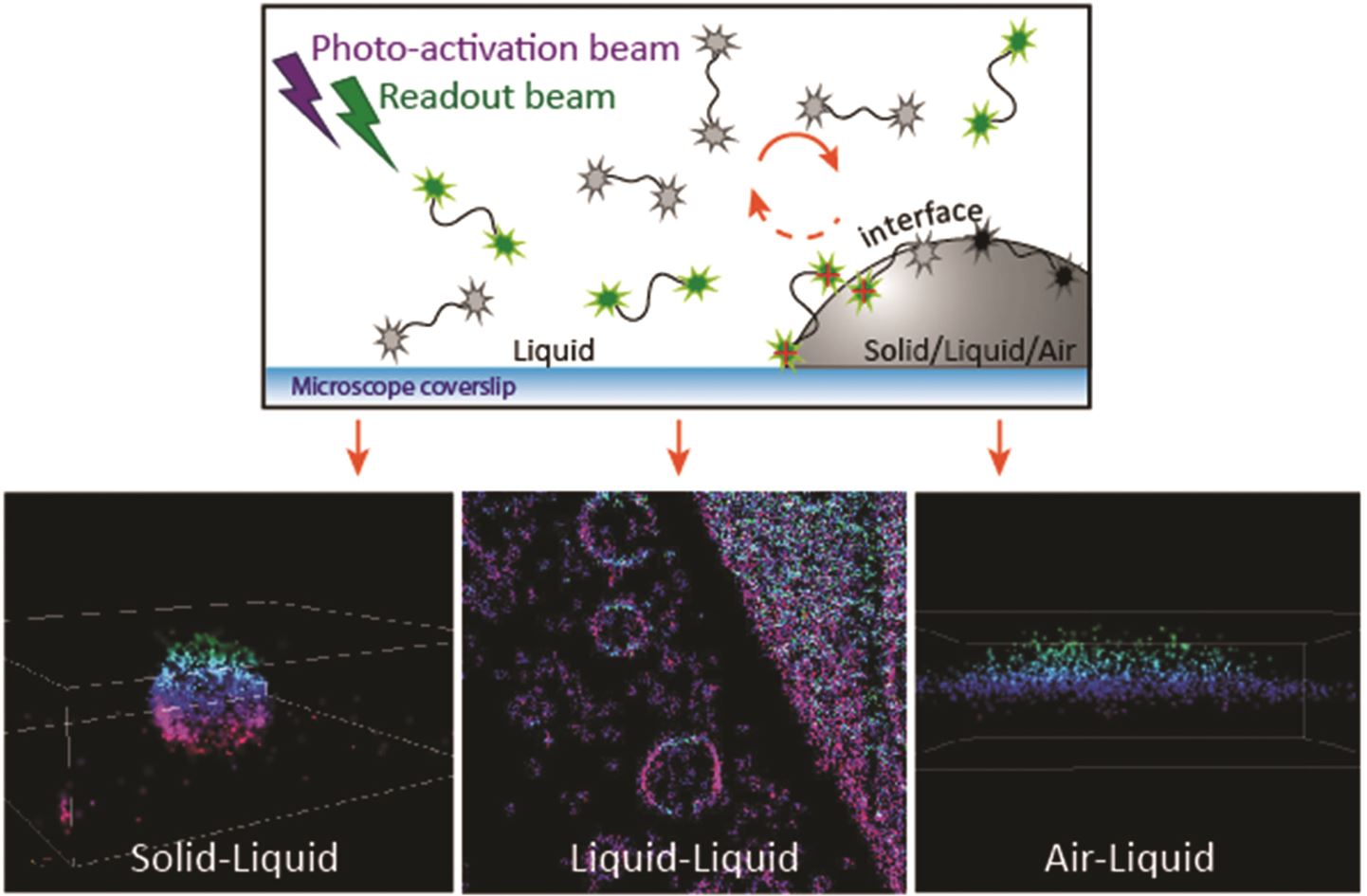 In recent years, super-resolution microscopy has enabled researchers to explore biological interfaces at the nanoscale. Single-molecule localization methods, such as point accumulation for imaging in nanoscale topography (PAINT), are fundamental techniques for studying the morphology and architecture of living matter. While super-resolution microscopy techniques like PAINT have acquired the interest of researchers in biology, it remains elusive to applications in soft matter and materials science.
In recent years, super-resolution microscopy has enabled researchers to explore biological interfaces at the nanoscale. Single-molecule localization methods, such as point accumulation for imaging in nanoscale topography (PAINT), are fundamental techniques for studying the morphology and architecture of living matter. While super-resolution microscopy techniques like PAINT have acquired the interest of researchers in biology, it remains elusive to applications in soft matter and materials science.











